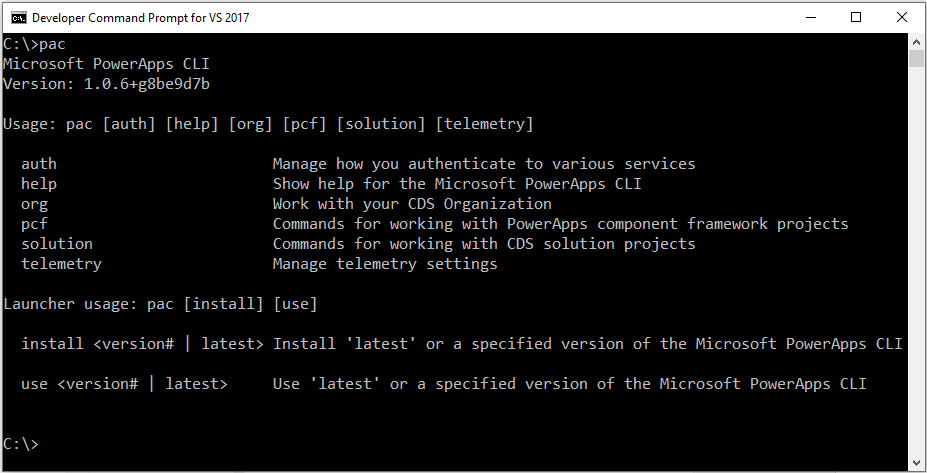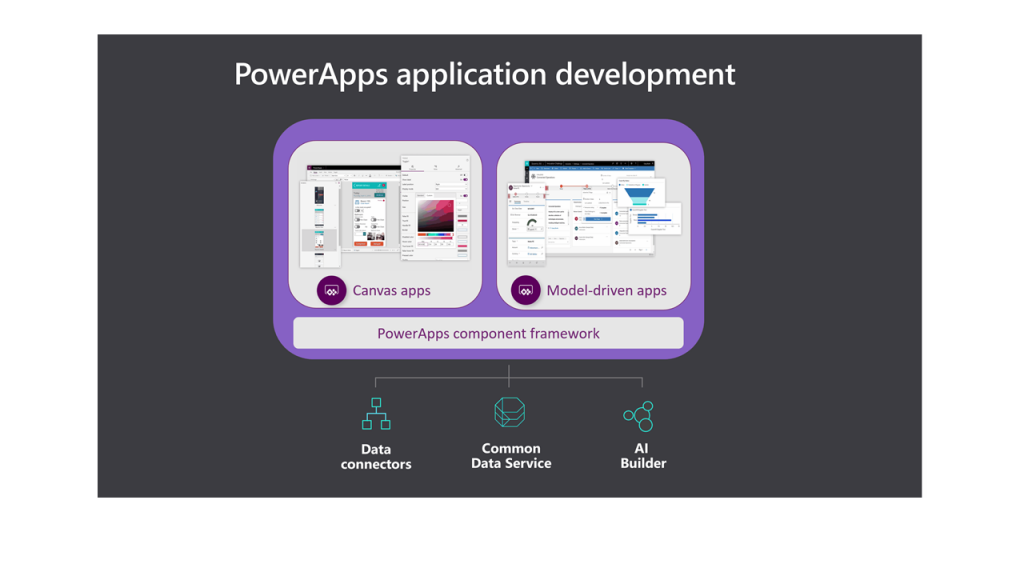Announcing the general availability of the PowerApps component framework for model-driven applications and PowerApps CLI
Today we are making the PowerApps component framework for model-driven apps and the PowerApps CLI generally available. Just a short time ago we made the PowerApps component framework available for public preview and in less than six months our pro-developer community has grown and created over 800 third party code components with over 14k monthly active users. These truly innovative components now enable new scenarios that are not possible before. It is truly remarkable to see the amount of creativity generated by the developer community once empowered with the PowerApps component framework. We look forward to seeing many more exciting code components. Please check out some interesting demos in the community forum here.

We thank all of our preview participants for being part of this journey with us and help realize the true value of professional component development by creating custom-tailored end-user experiences. We are very grateful for your invaluable feedback, knowledge sharing, and community enablement, which has helped shape the feature. More information: framework documentation.
With general availability, professional developers can now add code components to the user experiences that are available out of the box and use them in production for model-driven apps. The framework enables developers to create fully code components for use across the full breadth of PowerApps capabilities. Code components have access to a rich set of framework APIs which expose capabilities like control lifecycle management, contextual data and metadata access, seamless server access, utility and data formatting methods, and device features like camera, location and microphone along with easy to invoke UX elements like dialogs, lookups, and full page rendering, etc.
Component developers can utilize modern web practices and harness the power of external libraries to create advanced user interactions. The framework automatically handles component lifecycle, retains application business logic and optimizes for performance (no more async iframes). You can download some samples here to see custom components in action.
Microsoft PowerApps CLI
Today the PowerApps CLI reached a significant milestone and we are excited that it is out of public preview and available for general use. Just a few months back, we started our new tooling journey with the goal of empowering developers to swiftly create new code components and what a great journey it has been. Over that period so many of you actively used the PowerApps CLI and provided us incredible feedback. A big thank you to everyone that participated in the tooling preview program and helped us enhance the CLI with amazing new features and updates. All your feedback directly shaped the tooling for the PowerApps component framework to what it is today.
If you have not used it already, the PowerApps CLI is a developer command-line interface that enables you to build amazing code components for model-driven apps faster and more efficiently. It offers a set of simple commands that guide developers from project inception, throughout the developer inner loop and all the way to production deployment. The CLI will assist you with component creation by guiding you through predefined creation steps, while the built-in test harness can be used to quickly test mock data inputs, debug and visualize your code components in real-time as you write your code. As you are making changes, each development step has built-in validations in the CLI to help minimize the chances for mistakes early on. After local development and testing is completed, the CLI provides a simple way to connect, authenticate and push your new component directly to an environment of your choice. Finally, as you wrap up the development process, use the CLI to easily package components into a solution for deployment into production.

Get Started with the PowerApps CLI Today!
If you have not yet tried the new PowerApps CLI, try it out today. To help you get started quickly, we have lots of documentation here: Get PowerApps CLI. Remember to check out all the related “How-To” topics as well.
To everyone who has been using the PowerApps CLI and giving us feedback, a huge thank you once again for being a part of this journey with us. We look forward to keeping the collaboration going and hearing your continued feedback!
Upcoming capabilities in the PowerApps component framework
React, and fabric support was highlighted as upcoming capability in the public preview blog and this support was added in June 2019. Please refer to the react/fabric blog post for details.
Additionally, supporting the framework on canvas apps is a core focus targeting one unified client framework . We released canvas experimental preview in September 2019, and very soon we will make canvas apps public preview available adding data-set support. Other framework capabilities will be incrementally added with GA and future releases. Canvas apps offer a unique value proposition as it empowers professional developers to extend an industry-leading Enterprise Low-Code Application Platform by allowing them to create reusable code components which all Makers can use.

Same set of code components across model and canvas apps
Additionally, shared libraries for code components, look-up support, Azure AD based 3rd party authentication, WebAPI on canvas apps, and theme support are being evaluated for the next semester. Please use the ideas forum to log new feature requests and vote for your favorite ideas.
Feedback and resources
- PowerApps component framework forum – https://aka.ms/PCFForum
- Getting started and feature documentation – https://aka.ms/PCFDocs
- Vote for feature ideas or file a new one – https://aka.ms/PCFIdea
- Community components/blogs/demos – https://aka.ms/PCFDemos
With GA, we already have a great component lineup ready for production use but this is just the beginning and we will continue to explore more ideas and possibilities. Keep the feedback coming.
Thank you,
Hemant Gaur &
Peter Vaynerman



